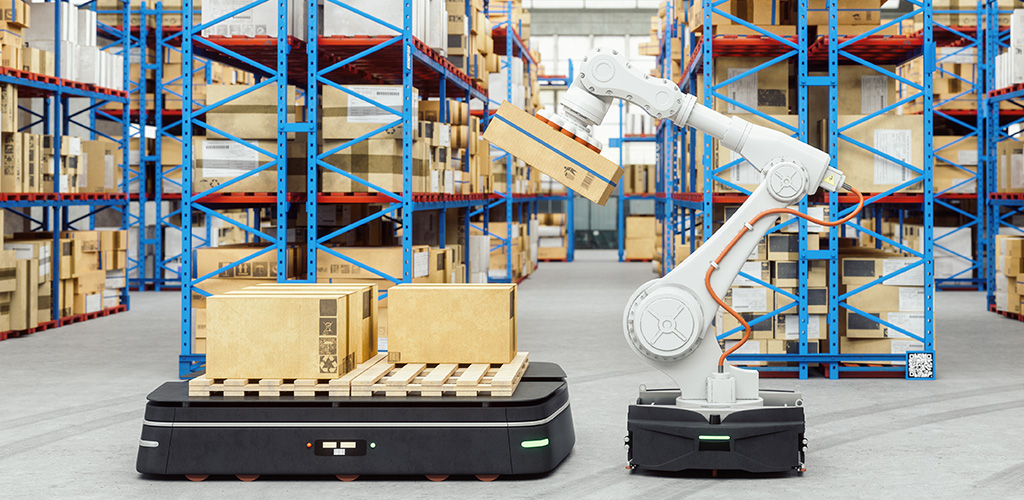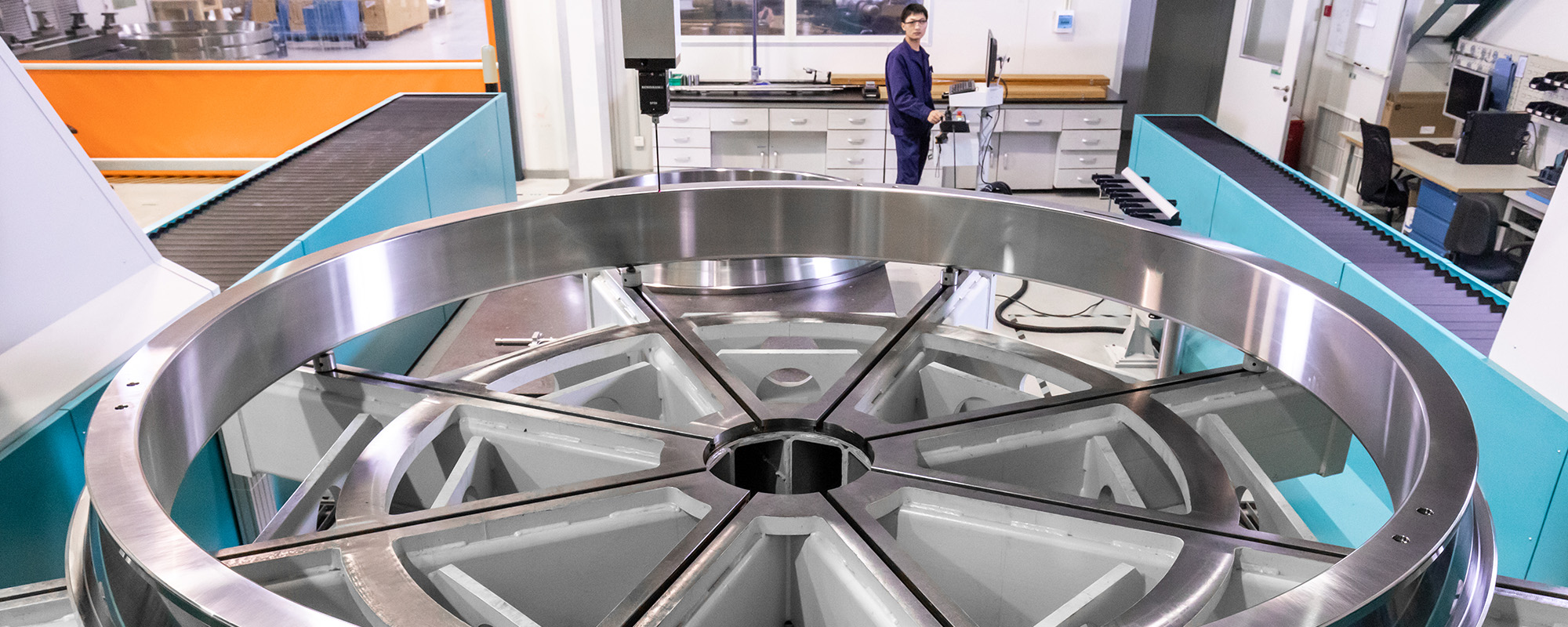Sustainability
Timken Automates: Next-Gen Manufacturing
Automation is transforming manufacturing. Timken helps drive this transformation in two ways: by creating solutions that enable global manufacturers across industries to do more with less, and by designing automation into its own operations.
Across its global manufacturing and distribution footprint, Timken invests in digital and automation technology like automated guided vehicles (AGVs) and manufacturing lines, machine vision systems and co-bots. These innovations drive greater operational efficiency, employee safety and environmental sustainability.
Automated finishing: efficient and safe
Timken takes a very strategic approach to developing and deploying automation solutions. Bill Kelleher, director of operational excellence, explains that the company integrates automated technologies based on each facility’s unique processes and scale. Once a technology is proven successful, it is implemented at additional locations that share similar processes.
“We prioritize opportunities that don’t require significant customization but enhance efficiency, customer service and elevate safety and ergonomics for employees,” Kelleher said. “By combining these investments with our advancements in digitalization, we create a more connected, more sustainable Timken.”
“By combining these investments with our advancements in digitalization, we create a more connected, more sustainable Timken.”
Bill Kelleher
Director, Operational Excellence
For example, at its manufacturing complex in Wuxi, China, Timken operates multiple automated lines that finish rollers and rings used in the manufacture of large main shaft bearings for wind turbines. The fully automated operation supports the growth of renewable offshore wind energy farms worldwide.
Timken utilizes different technology to automate finishing processes for aerospace bearings produced at its Lebanon, N.H., facility. There, employees work alongside co-bots that assist with deburring, a process that removes small imperfections from the surface of bearings after machining. It’s a technology that is highly scalable and adaptable to other bearing facilities.
Automating both these finishing processes reduces ergonomic challenges associated with repetitive hand motions and allows people to focus their time on high-value tasks like precision gauging and compliance documentation. It also eliminates finishing variation, so products consistently meet customers’ expectations for quality and performance.
AGVs: sustainable and flexible
Automation advances service and speed in Timken distribution operations. At its European Service Center in Strasbourg, France, the company utilizes nine autonomous guided vehicles (AGVs) to move products between shelves, packing stations and shipping areas without human intervention. AGVs use laser triangulation, a machine vision technique that provides robots with spatial and depth perception, to traverse the facility within an accuracy of .39 inches (10 mm).

The fleet of AGVs utilize a skate system in the floor for continuous charging and require less energy and maintenance than the eight electric forklifts previously used for picking products. The units are also capable of operating beyond shift hours typically worked by humans, providing flexibility and efficiency that helps the facility ship products more quickly to customers.
Kelleher noted another benefit to adopting automation: attracting and retaining the next generation of manufacturing employees. “Today, people would rather work with technology than perform manual tasks,” he said. “Our investment demonstrates that we are a manufacturer headed toward the future.”
Timken leads in industrial motion solutions for automation. We are a leading producer of small high-precision cycloidal robotic gears and innovate linear actuators that help industrial robots operate with a seventh axis.
Published: 2024/03/8

 Bill Kelleher
Bill Kelleher